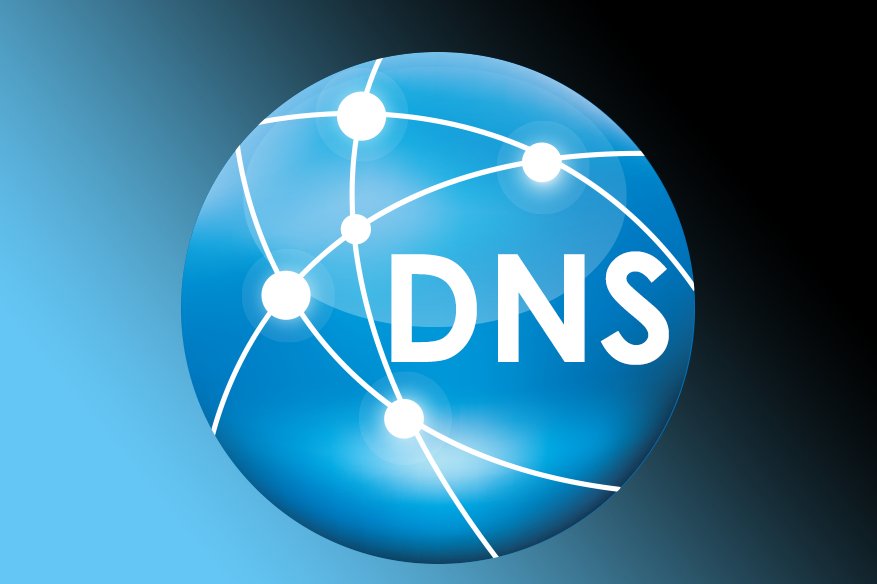Changing Your DNS Server: Why and How You Should It

If you do not know which DNS server you are using, chances are you are using your ISP server and you can do better? Changing your default DNS server can increase your security, privacy and speed.
DNS servers act like phone directory: they retrieve their alphanumeric entries and convert them to digital IP addresses (192.124.1.1) corresponding to the server searched by your computer. Then they give your computer instructions to go and get connected. The process is so fast that you usually do not even realize it. That’s great because manually sorting your computer on 1,800,000 websites will take a lot of time.
What is the problem with default DNS?
- Your ISP server cannot break the Internet for you. However, most ISPs do not strive to maintain it, which offers several benefits to public servers.
- Internet service providers do not always have the latest and most reliable DNS server. As a result, your request for a particular website may be transferred to another server before the correct address is found, which slows down the operation of the site.
- Most ISPs do not offer phishing protection. In addition, they typically do not use DNSSEC or DNSCrypt: security features that protect DNS requests against theft, hacking, and redirection.
- If you need to avoid Geo-blocking or blocking ISPs of certain websites, it may be helpful to change the DNS.
- Your ISP can register your DNS activity. You can customize your search by not using your server.
How Do I Change My Laptop’s DNS Server?
All devices on your home network use, fast and secure DNS, but there may be more than one device on your home network. When your laptop or smartphone is connected to free Wi-Fi in the spooky cybercafe, it also uses any DNS server that the owner chooses by default. He just needs to poison the cache when he has full DNS control?
Change Your DNS in Windows 10
Therefore, you must change the local DNS settings on your mobile device. The way to do it varies by platform. In Windows 10:
- Click the Windows button,
- Choose the Settings gear,
- Click Network & Internet,
- Click Change adapter options,
- Right-click the Wi-Fi connection and choose Properties,
- Select Internet Protocol Version 4 and click the Properties button,
- Click the item labeled Use the following DNS server addresses,
- Enter the two addresses,
- Click OK, and, if necessary,
- Repeat the process for Internet Protocol Version 6.
Yes, that’s quite a few steps, but you can do it!
macOS laptop:
- Select Preferences from the Apple menu,
- Launch the Network app,
- Highlight the Wi-Fi connection and click the Advanced button,
- Click the DNS tab,
- Use the plus-sign button to add both IPv4 and IPv6 DNS addresses, and
- Use the minus-sign button to remove any existing addresses.
Mobile Devices
For Android mobile devices, before 9, and all versions of IOS simply do not support a global change to their DNS preferences. You must log in and make changes every time you connect to a new Wi-Fi network. You cannot touch the DNS settings of the cellular network. It is true that on both platforms, you can buy an application to automate this change if you wish. But if you buy an app, we suggest you simply run a VPN on these devices. This will divert your DNS requests to VPN servers, which are in most cases more secure than those you would get from your ISP.
Conclusion
So, here is the summary. DNS servers translate friendly domain names into user-friendly IP addresses for computers. You are probably using a DNS server provided by your ISP whose quality is unknown. Moving to a third party DNS service can speed up your Internet activity and protect you from complex DNS-based attacks.
Related Resources:
Faster Internet with Privacy-Focused 1.1.1.1 DNS Service
How To Deal With DNS Vulnerabilities?